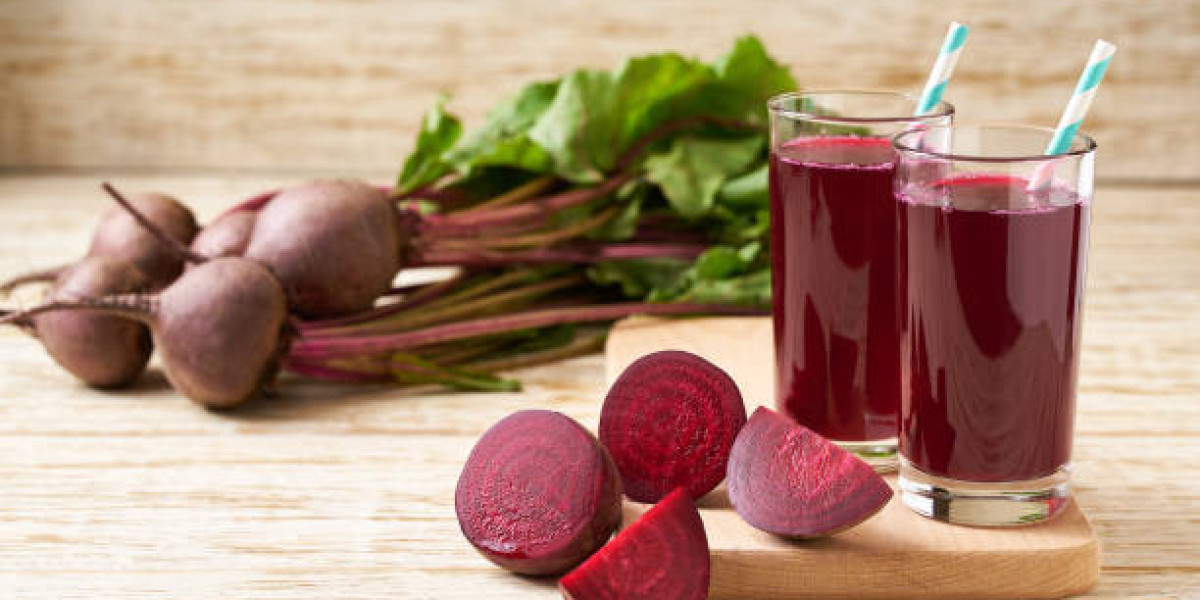Introduction
Beets, often overlooked in the realm of colorful vegetables, are a treasure trove of vibrancy and diversity. Beyond their earthy flavor and nutritional benefits, beets come in an array of varieties and colors that can transform any culinary experience. In this exploration, we delve into the kaleidoscopic world of beet varieties, uncovering the hues and nuances that make these root vegetables a captivating addition to any plate.
The Root of Diversity: Beet Varieties
Beets, scientifically known as Beta vulgaris, boast an impressive range of varieties, each with its unique characteristics. One of the most common types is the red beet, recognizable by its deep crimson hue. Its earthy sweetness and tender texture make it a popular choice in salads, soups, and even as a standalone side dish.
On the other end of the spectrum lies the golden beet, a milder alternative to its red counterpart. With its sunny, yellow color and slightly sweeter taste, the golden beet adds a delightful touch to various dishes. Roasting or pickling these golden gems enhances their natural sweetness, creating a culinary experience that is both visually and gastronomically pleasing.
For those seeking a more adventurous palate, the Chioggia beet is a captivating option. Named after the Italian town where it originated, the Chioggia beet sports a mesmerizing bullseye pattern when sliced. Its candy cane stripes of pink and white add an artistic flair to salads and dishes, making it a favorite among creative chefs.
The Kaleidoscope of Beet Colors
Beets are not confined to the traditional red, gold, and Chioggia varieties; they also exhibit an astonishing spectrum of colors. Some lesser-known varieties, such as the white beet and the striped Tonda di Chioggia, offer an intriguing twist to the beet experience.
White beets, with their pale, creamy flesh, provide a milder flavor compared to their more colorful counterparts. Their subtlety makes them an excellent canvas for experimenting with different seasonings and cooking methods. Meanwhile, the Tonda di Chioggia, with its concentric rings of pink and white, introduces a playful element to any dish, turning a simple salad into a work of art.
Beet greens, often discarded, are not to be overlooked. These leafy tops come in various shades of green and can be cooked or added raw to salads for an extra burst of nutrients. Embracing the entirety of the beet plant ensures a holistic and sustainable approach to culinary exploration.
Conclusion
In the world of culinary delights, beets stand out not only for their earthy flavor and nutritional benefits but also for the kaleidoscope of colors and varieties they offer. From the classic red beet to the artistic Chioggia and the subtle elegance of white beets, exploring the diverse world of beets opens up a realm of possibilities in the kitchen. As we celebrate the vibrancy and versatility of these root vegetables, let us embrace the rich palette they bring to our plates, turning every meal into a visually stunning and delicious experience.








